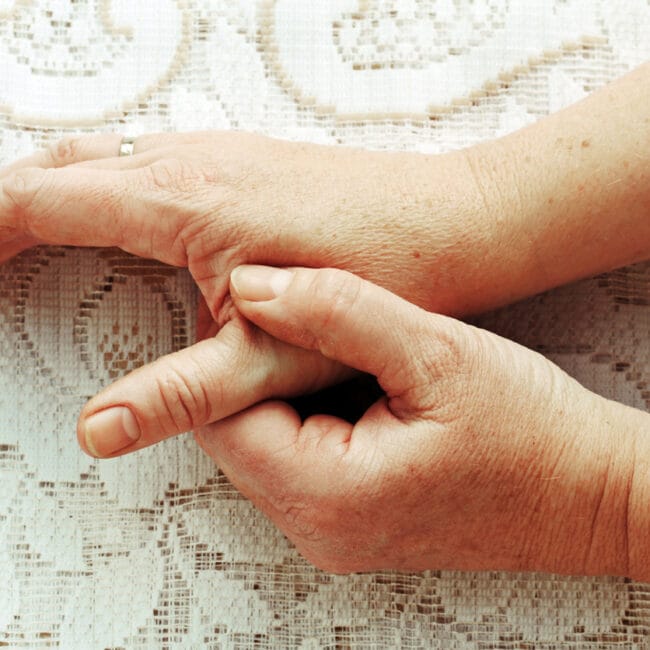
Sorry – we know they are not but we loved this image!
In the run up to the Dublin Marathon, we are going to update everyone on running Injuries. One of the main injuries that we see with runners is shin splints!
So what does the research say about the causes, treatment and prevention of these very painful lower limb injuries.
Shin Splint Causes
Medically, shin splints are called Medial Tibial Stress Syndrome (MTSS). They are sometimes called “tibial stress syndrome”, “tbial fascitis”, or “anterior compartment syndrome”. Shin splints account for 10-15% of all running injuries that we see and up to 60% of all the conditions that cause pain in athletes’ legs. Interestingly, women are three times more likely than men to get them, especially those who try and keep up with male training partners and have to work harder physiologically than the men at the same running speed.
While the cause of MTSS pain is unclear, most researchers agree the shin splints are related to either the covering (fascia) of the soleus muscle connected to the covering of the tibia (shin bone) being damaged or the repetitive impact forces that fatigue the same muscle which create slight bending in the tibia bone and small microfractures in the bone.
Research has shown that there is no one particular cause but the proposed risk factors include:

- Increased pronation of the foot
- “Tight” calf muscles that can lead to pronation
- Muscle strength imbalance between the front and rear of the lower limb with strong front of shin muscles compared to the calves
- Too big a jump in training intensity (in particular) or distance
- Training too much on hard surfaces
- Training too much on inclined surfaces such as hills, stairs or cambered roadsides
- Previous history of MTSSGenetic factors such as flat feet, high arches or leg length differences
- Inadequate calcium intake
- High body weight
- Having a training age of under 5 years – being relatively new to running
- Poor condition of shoes, especially poor shock absorption in the midsole
- Looking at most of these risk factors, it becomes pretty obvious what we can do to minimise the risk of getting shin splints.
Treatment of Shin Splints
Rule number one, see a professional (e.g. one of our physiotherapists), who is either a runner or works with athletes regularly.
Non-steroidal anti-inflammatory drugs (Ibobrufen, Brufen, Nurofen etc), rest, taping and ice can help the pain.
Below are some other treatment options:

- Decreasing run distance, frequency and duration
- Replacing road runs with water running
- Increase the strength and endurance of the soleus muscle through heel raises on steps
- Replace those old shoes or get insole inserts
- Arch taping or taping around the area of pain
- Ice massage
- Control pronation through orthotics or new shoes suggested or designed by a podiatrist
- If pain persists, get along to your physiotherapist for professional diagnosis and treatment specific to your individual case.
Prevention of Shin Splints
Research has shown that no single prevention method is consistently effective in managing shin splints. Interestingly, stretching of the lower legs has consistently been shown not to prevent MTSS. However, several methods have proven useful including:
- Shock-absorbing insoles
- Replacing running shoes every 400-800 km depending on body weight and training surface
- Pronation-controlling insoles / custom orthotics
- Lose body weight
- A gradual and progressive increase in running intensity and volume or type (e.g. hills or intervals)
- Listen to your body, wear well-cushioned shoes, stretch before and especially after all runs, run on flatter and maybe grassed surfaces or trails, warm-up and down well, and gradually increase the intensity, frequency and distance of your runs. If pain persists, get along to a Chartered Physiotherapist with a special interest in Sports Injuries.
Sources:
1.Craig, D. (2008). Medial tibial stress syndrome: evidence-based prevention. Journal of Athletic Training, 43(3): 316-318.
2.Hubbard, T. and others (2009). Contributing factors to medial tibial stress syndrome: a prospective investigation. Medicine and Scince in Sports and Exercise, 41(3): 490-496.
3.Moen, M. and others (2009). Medial tibial stress syndrome: a critical review. Sports Medicine, 39(7): 523-546.










